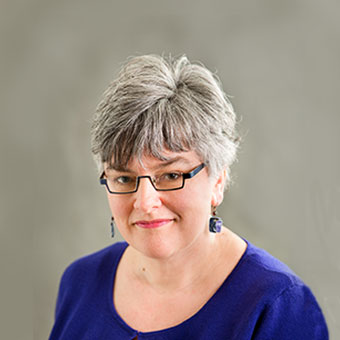Digging deeper
Professional learning can go beyond the basics to reach underserved students
By Sonia Caus Gleason
Categories: Learning designs, Equity, Evaluation & impactAugust 2010
Read the remaining content with membership access. Join or log in below to continue.
Sed ut perspiciatis unde omnis iste natus error sit voluptatem accusantium doloremque laudantium, totam rem aperiam, eaque ipsa quae ab illo inventore veritatis et quasi architecto beatae vitae dicta sunt explicabo. Nemo enim ipsam voluptatem quia voluptas sit aspernatur aut odit aut fugit, sed quia consequuntur magni dolores eos qui ratione voluptatem sequi nesciunt. Neque porro quisquam est, qui dolorem ipsum quia dolor sit amet, consectetur, adipisci velit, sed quia non numquam eius modi tempora incidunt ut labore et dolore magnam aliquam quaerat voluptatem.
References
Hallinger, P. & Heck, R. (1996, February). Reassessing
the principal’s role in school effectiveness: A review of
empirical research, 1980-1995. Educational Administration
Quarterly, 32(1), 5-44.
Haycock, K. (1998, Summer). Good teaching matters
… a lot. Thinking K-16, 13(2).
Kannapel, P.J., Clements, S.K., Taylor, D., &
Hibpshman, T. (2005, February). Inside the black box of
high-performing high-poverty schools. Lexington, KY: Pritchard
Committee for Academic Excellence.
Leithwood, K., Louis, K.S., Anderson, S., &
Wahlstrom, K. (2004). How leadership influences student
learning. New York: TheWallace Foundation.
Leithwood, K. & Jantzi, D. (2000). The effects of
transformation leadership on student engagement with
school. Journal of Educational Administration, 38(2), 112-129.
National Staff Development Council. (n.d.) NSDC’s
definition of professional development. Available at
www.nsdc.org/standfor/definition.cfm.
Reeves, D. (2004). Accountability in action: A blueprint
for learning organizations. Denver, CO: Advanced Learning
Press.
Sanders,W.L. & Rivers, J.C. (1996, November).
Cumulative and residual effects of teachers on future student
academic achievement. Knoxville, TN: University of Tennessee
value-Added Research and Assessment Center.
Categories: Learning designs, Equity, Evaluation & impact
Recent Issues
EVALUATING PROFESSIONAL LEARNING
February 2024
How do you know your professional learning is working? This issue digs...
TAKING THE NEXT STEP
December 2023
Professional learning can open up new roles and challenges and help...
REACHING ALL LEARNERS
October 2023
Both special education and general education teachers need support to help...
THE TIME DILEMMA
August 2023
Prioritizing professional learning time is an investment in educators and...









